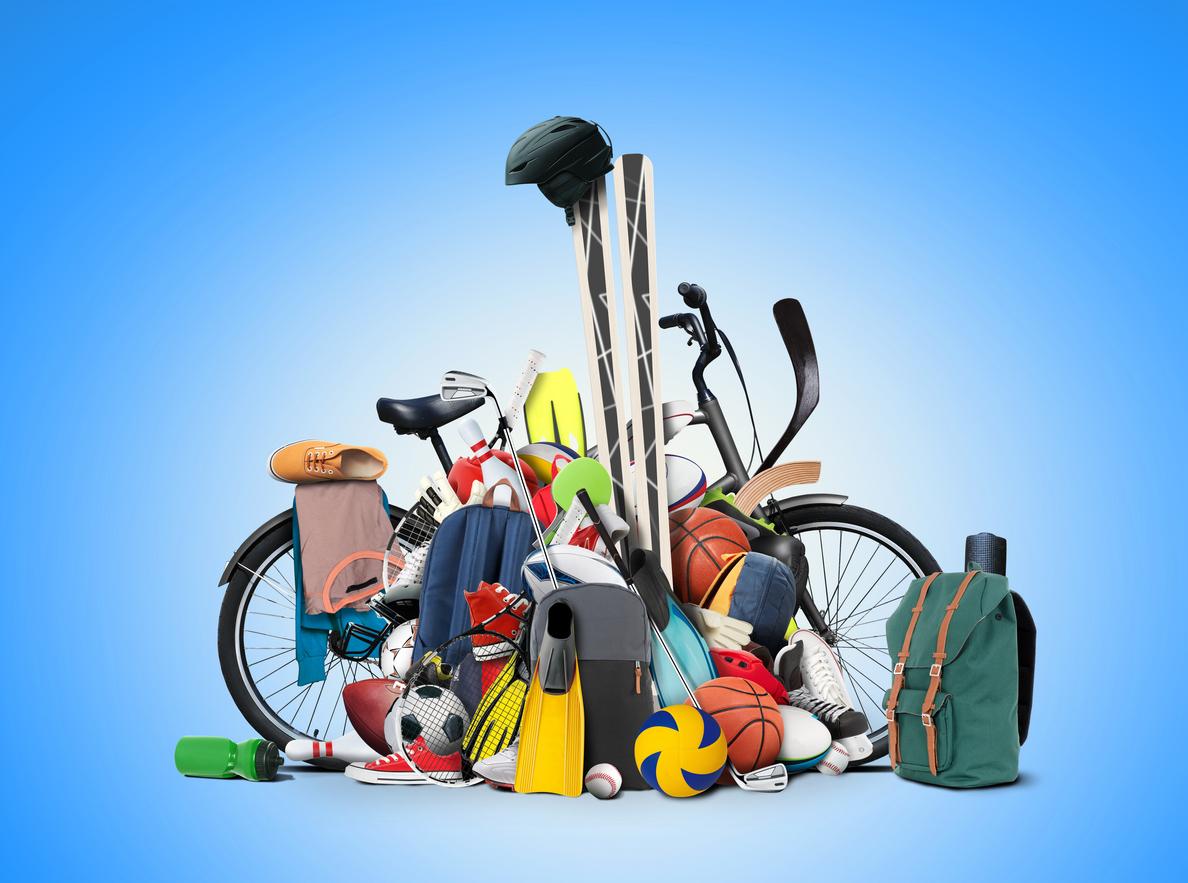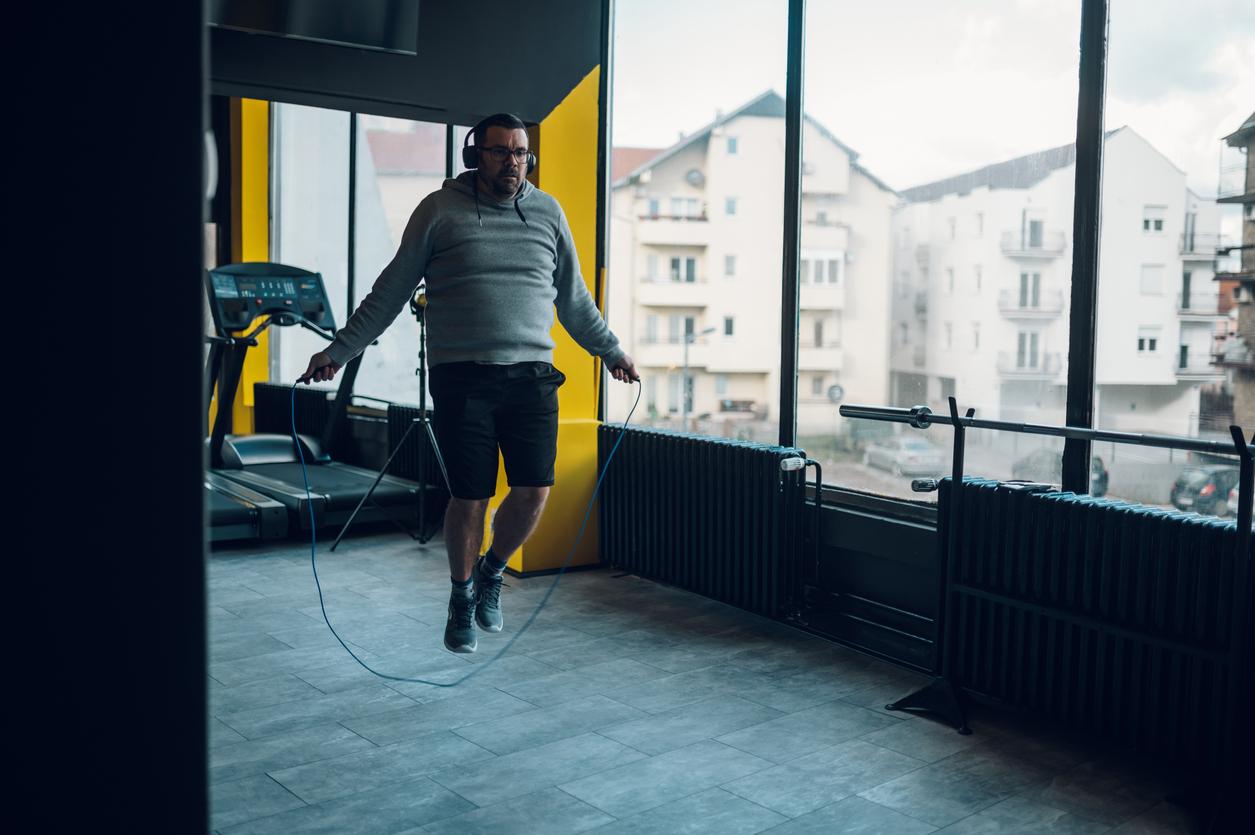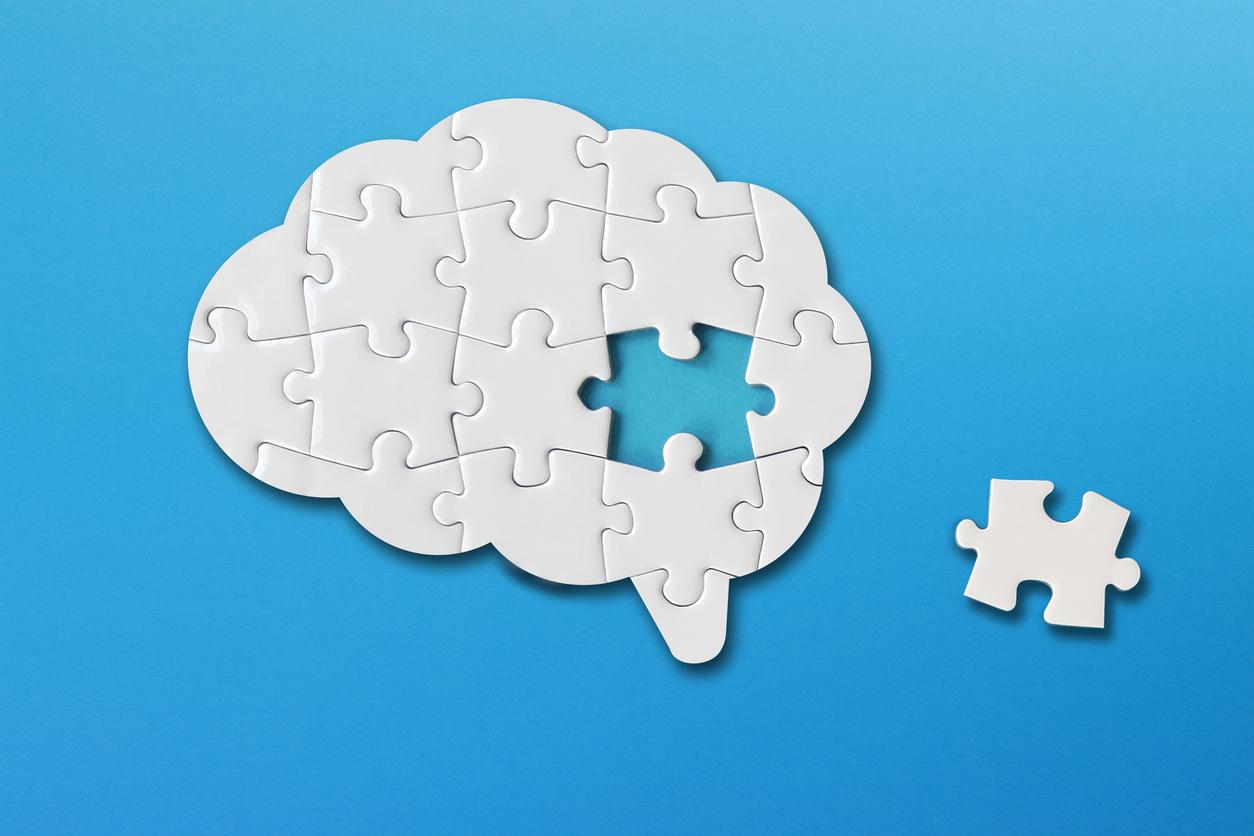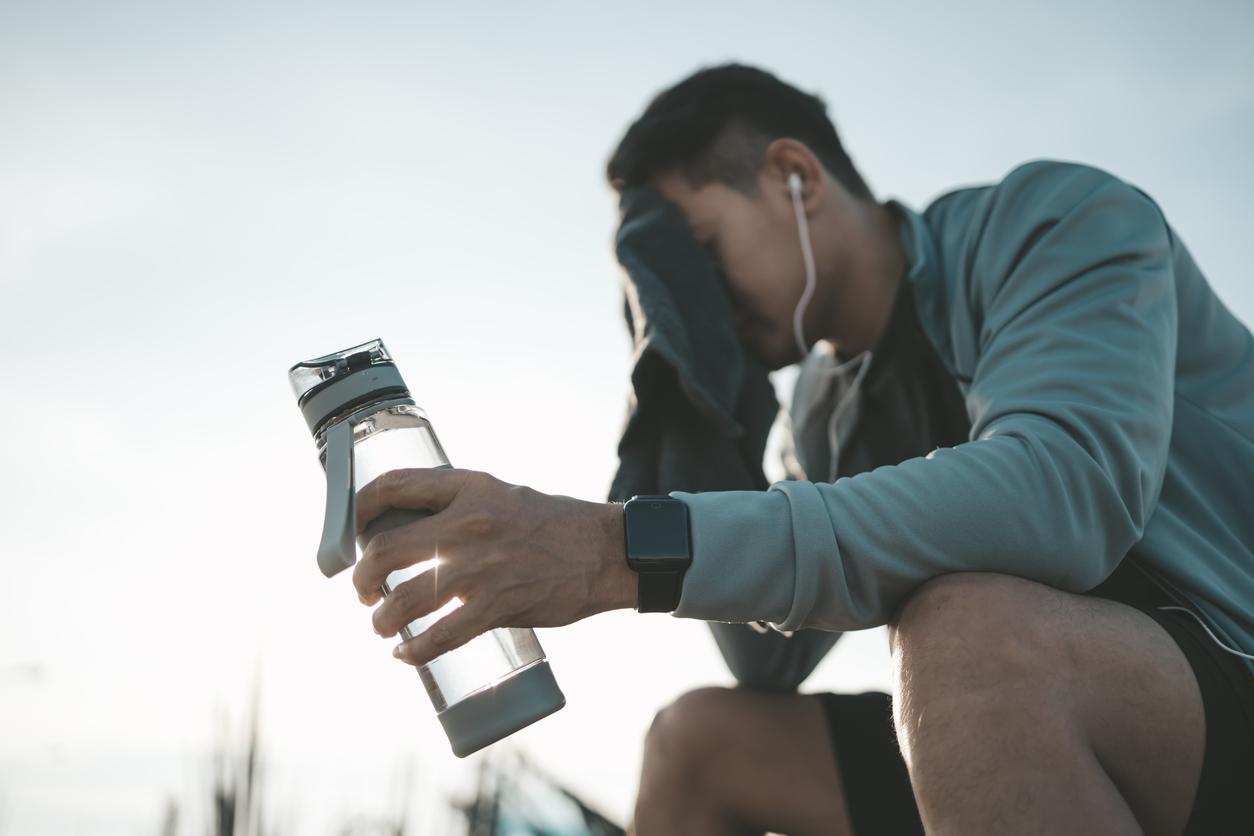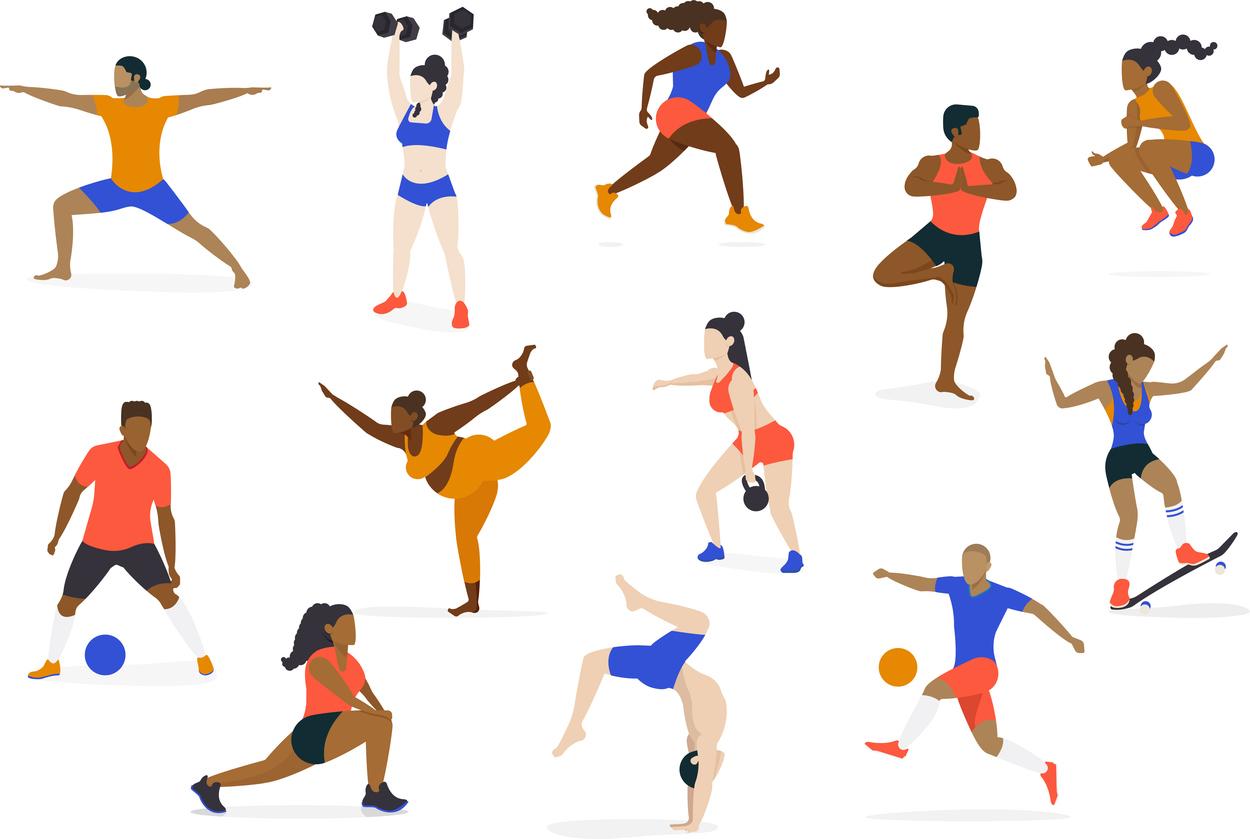Is sport incompatible with multiple sclerosis? Anita Fatis, former high-level athlete, suffering from MS and multi-medalist in para swimming, gives us every reason to say that anything is possible.
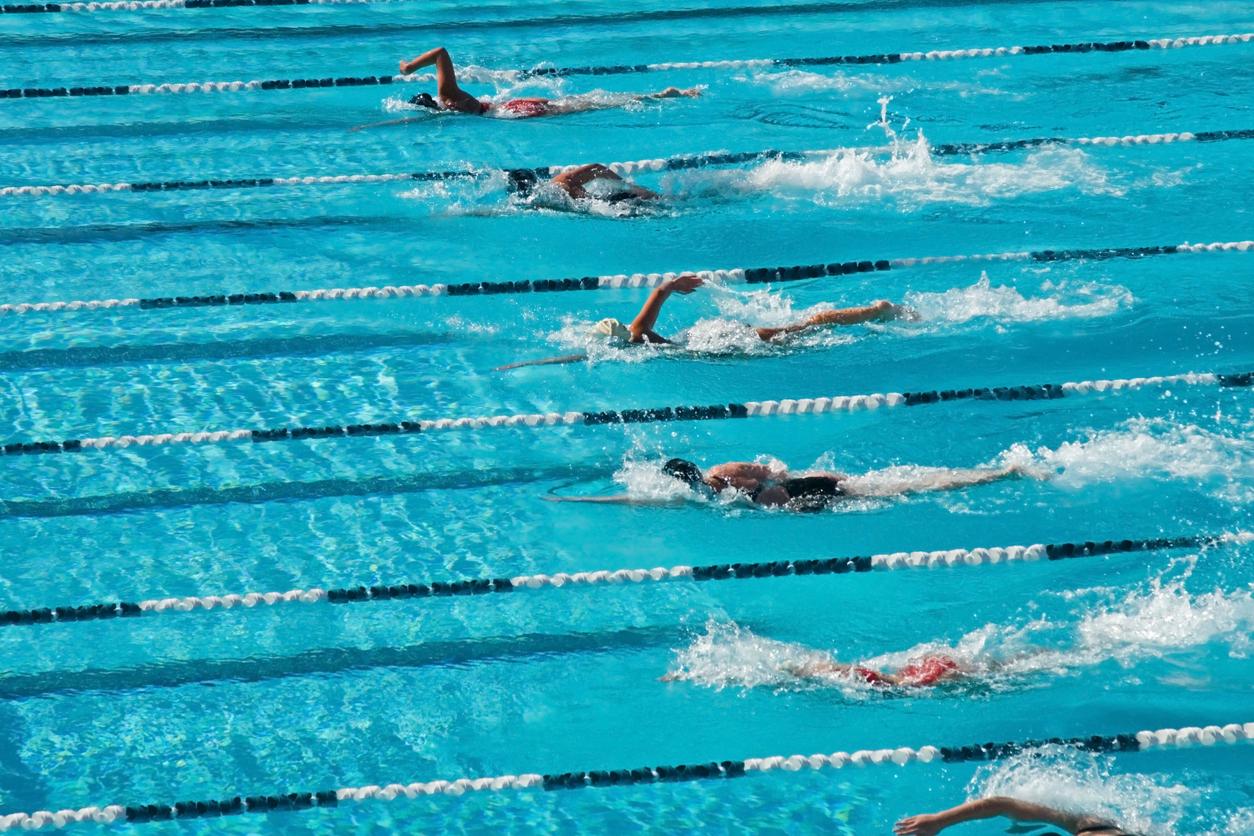
Having physical activity, and even playing a sport, is entirely achievable when you have multiple sclerosis (MS), whatever the disability. Anita Fatis, former para athlete (para swimming), speaker and municipal councilor responsible for accessibility and disability at the town hall of Thionville (Moselle), is proof that we can go very far despite illness.
Why Doctor: When did your first symptoms appear and what were the symptoms?
Anita Fatis: The first symptoms date back more than 35 years. It was well before the diagnosis, with fatigue, back pain, contractures. It took months before the diagnosis was made. Moreover, the diagnosis came after hemiplegia on the left side.
Before all this, you were sporty. What sports did you practice?
I have always played sports. As a child, I started with athletics. I must have been 8 or 9 years old, until adulthood. And then I did bowling, but competitive bowling.
After the symptoms appeared, were you forced to stop exercising?
When I had this hemiplegia, I was hospitalized, and I was told that it was psychosomatic (physical symptoms whose causes are essentially psychological or emotional, Editor’s note). As a result, my husband found another neurologist at the Lille hospital center. Examinations were then repeated (MRI, lumbar puncture). And there, the diagnosis was made, in 1991. Afterwards, life had returned to normal a little, because I had cortisone and I had recovered everything. I worked again, I did a little sport, I ran. But at one point, it took a very violent form, and there, the disability appeared. I then had a big depression. It is also thanks to my husband, who is my pillar, that I took up swimming. He said to himself that I had to get out of there, and that the only way was through sport. Because I refused any medication.
MS and sport: “I feel free in the water”
What has swimming given you?
So I started swimming to treat depression. There is this fullness when I am in the water. There is this gravity, the buoyancy, and I feel free in the water, even if I don’t kick my legs.
2 years ago, after 17 years in a wheelchair, you were able to benefit from a mechatronic orthosis, therefore a walking aid. Tell us a little about how it happened?
This device is the C-Brace, therefore, from Ottobock (company specializing in the design of prosthetic components – the prosthesis replaces a faulty limb – and orthotics – an orthosis does not replace a limb but compensates for a faulty limb like a splint -, as well as wheelchairs, Editor’s note). But we must not believe that this orthosis (it’s not an exoskeleton because there is a microprocessor which reacts to movements and situations, Editor’s note) was put on, and it started again straight away. When I discovered that there was a system for working, we did a lot of work up front with specialists. I had fixed orthotics for a year and a half. I put myself between the bars and relearned verticality. And only then did I get the device. And when I benefited from it, I had to learn to walk again. I started by doing 200 meters, 300 meters, 500 meters… And it was fabulous. So there was a huge re-education and personal work upstream. And I wanted to succeed, that’s for sure.
MS and sport: “I did the training, like everyone else, but without the legs”
During the Paralympic period, what was your preparation?
I was lucky to have a great coach who left us a little over a year ago. An “old school” coach. He didn’t care that I had a disability. I wanted to swim, I wanted to compete, and I did the training, like everyone else. Except I wasn’t doing the legs. If he told me, you’re going to do 100m for me 10 times, well I only did 8, but the training itself was the same. There was also the national coach of the France team who did more specific work on technique. And there was also my bodybuilding coach who made me do a lot of upper body work, abs. All while being adapted to my disability.
And now, then, and especially thanks to orthotics, what physical activity do you do, what sport?
Already in 2022, when I spoke with Ottobock to have this device, I told them: “I’m going to go to Nepal and I’m going to do it by walking, that way, you will have data for your device”. I thus argued to have a contract. And they trusted me.
So, in 2022, I did the Rolwaling (Trek in the Rolwaling valley, a section of the Himalayas, Editor’s note). I walked 95 km and reached a lake at 5,020 meters above sea level. I’m planning another trek in November, in seven months. And there, I’m going to make a 6,100 meters (Island Peak) while walking. So, you can imagine that this requires preparation with walking, weight training and swimming. So, in swimming, I don’t do speed, but I swim a lot in hypoxia, that is to say with as little breathing as possible, at least two sessions a week. Walking is every day with fitness walking once a week. And weight training, twice a week.
MS and sport: “it’s no longer this fatigue that brings you down”
And as a municipal councilor and speaker, how you help others in relation to physical activities and sport. What do you tell them?
In relation to my mandate as municipal councilor, I receive families who have a family member or one of their children with a disability. Often in relation to housing or financial difficulties. But I’m not alone. I receive them, and then I direct them to the relevant services.
And in relation to the “disability” mission, because these are two very specific positions, I raise awareness for town hall employees or in schools. Indeed, children are the actors of tomorrow. We need to show them that people with disabilities are also athletes, people like everyone else…. In order to put an end to this image that we had 30 years ago.
And as far as conferences are concerned, I am invited by neurologists or associations. I then tell my story and give advice. Sometimes people have plans, they ask me how they should do it. Above all, I advise people who don’t do sport, who hate sport or who have never done sport, to start again really slowly, to talk about it with the neurologist, the rehabilitation doctor, and to be referred to the adapted sporting activity, to resume gently until a certain autonomy is achieved.
What message do you want to send?
You need to speak with your neurologist, have knowledge about the disease. At the beginning, I had difficulties because I knew nothing about my illness. Little by little, I got to know her. I asked my neurologist.
And then, there are also associations, like the ARSEP (Foundation for Research Support on Multiple Sclerosis) which is on social networks, notably with videos of neurologists who explain fatigue, sexuality, etc, when you have multiple sclerosis. The more information you have, the more you know about your illness, the better you will cope with it. And the better you cope with your illness, the more projects you will have and the more you will move forward. There is an important role for those around you, but also for associations.
Why Doctor: Let us remember that our former para athlete in para swimming is not her first attempt since in a wheelchair (adapted of course), she has already climbed the mountain Manaslu (one of the peaks of the Himalayas) in 2018, as well as theEverest in 2019. A true mind of steel and extraordinary willpower, but all of this can develop in each of us.
To find out more, discover the interview in our show “ Questions for the experts »:
And don’t hesitate to browse the internet to discover all his exploits on his page Facebook (and follow her along her journey in November 2024), but also in various interviews with our colleagues, such as that of Moselle Sport.










